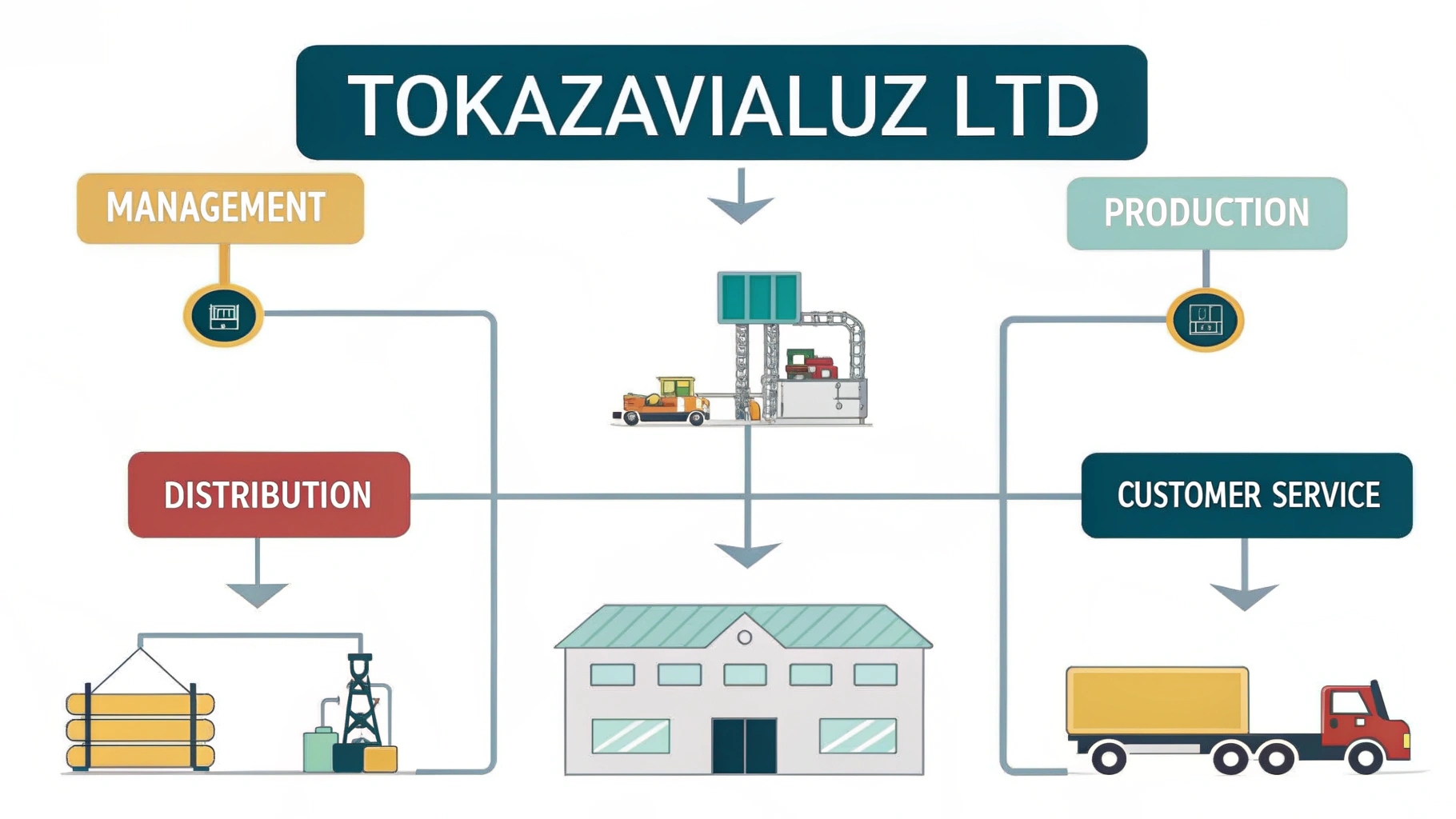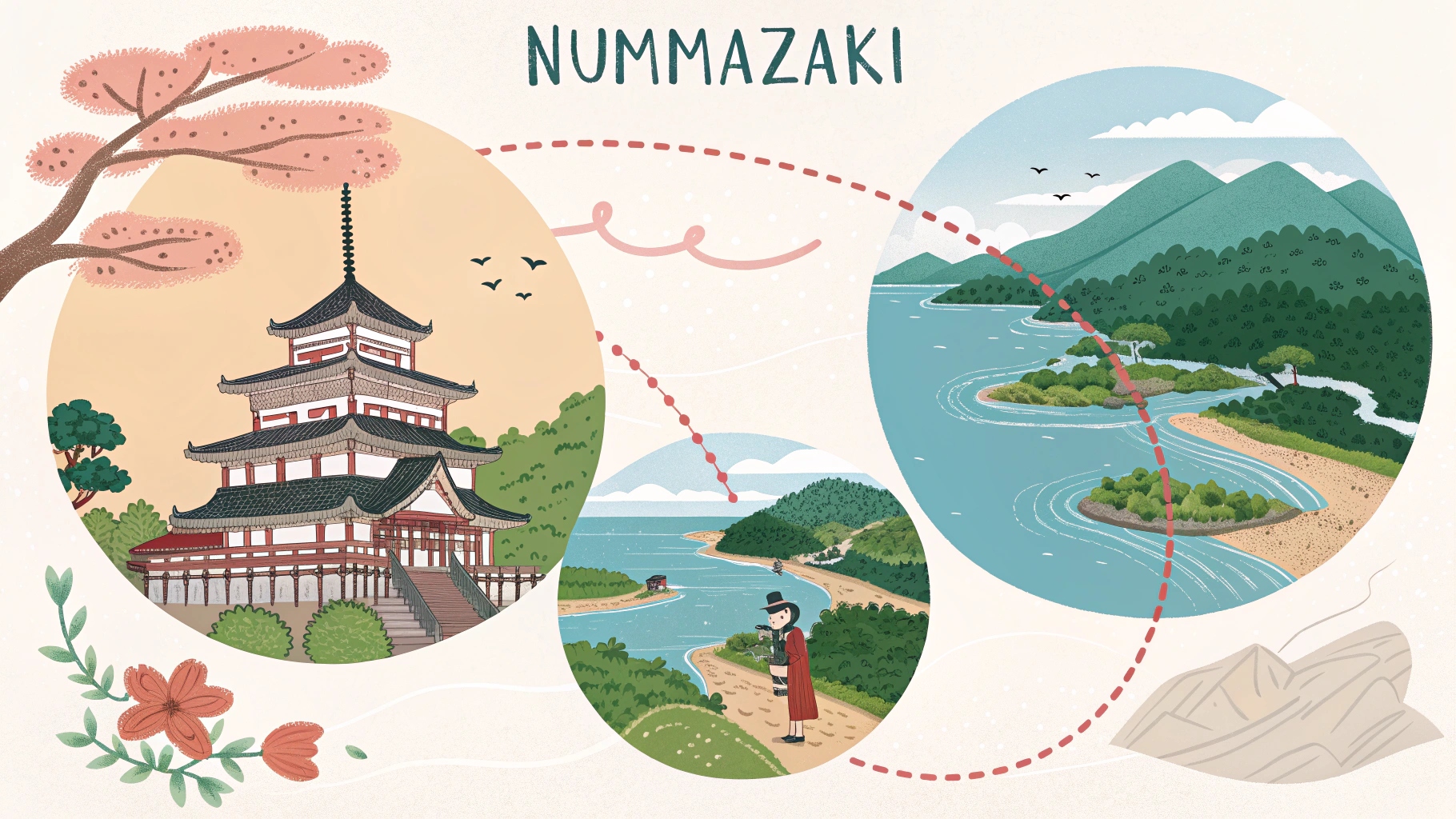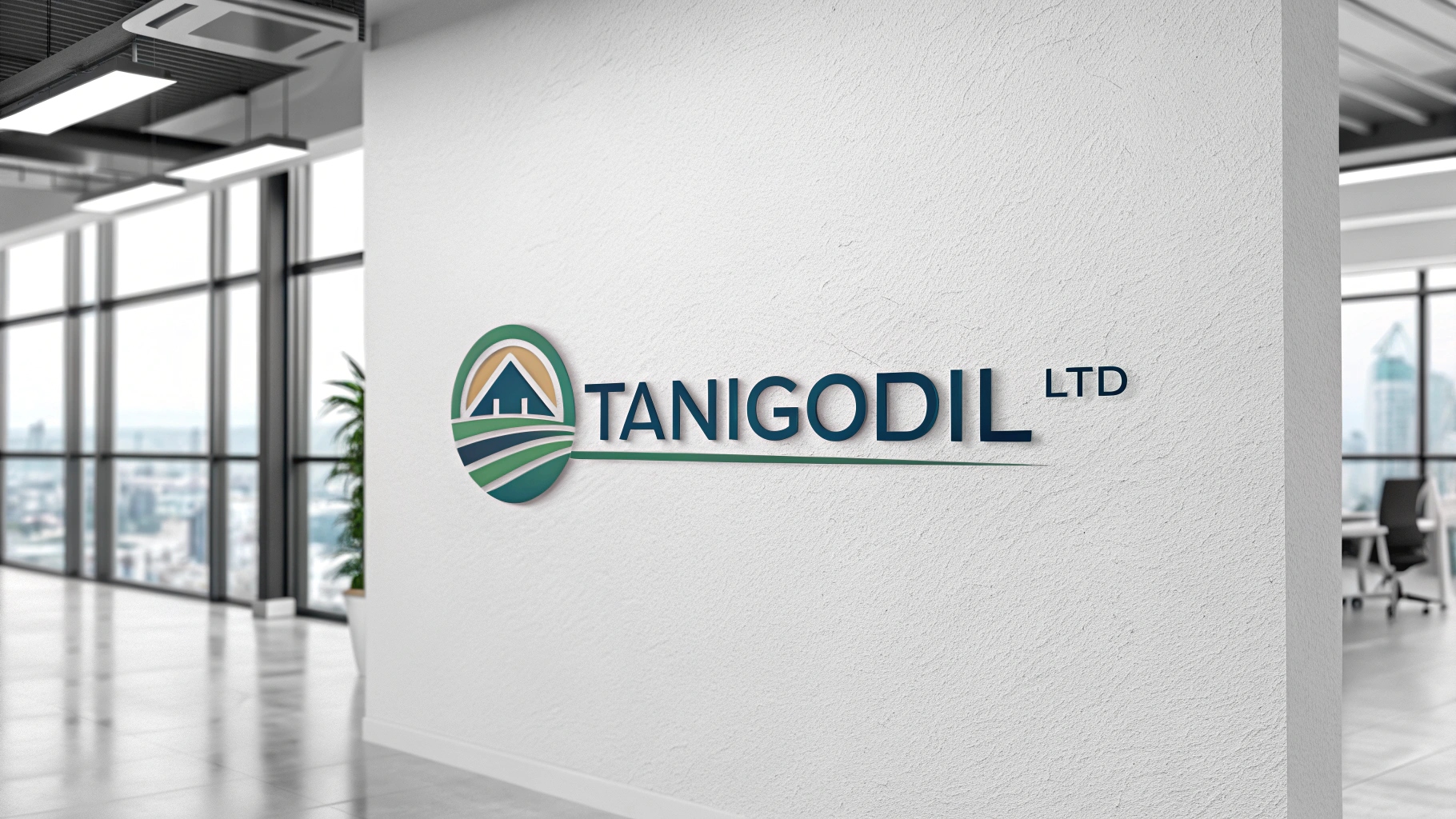Vein-related conditions are an area of focus in cardiology and vascular care. Among these, spider veins and varicose veins are two terms often encountered. While they might seem similar, they represent distinct conditions with unique features and impacts. Understanding their differences is key for patients seeking appropriate vascular care.
What Are Cardiology and Vein Care?
Cardiology and vein care involve the management of heart and vascular health. While cardiology focuses on diagnosing and treating heart-related conditions, vein care specifically addresses issues affecting the venous system. Healthcare providers in this field work to diagnose and manage conditions such as venous insufficiency, blood clots, and vein-related disorders like spider veins and varicose veins.
Vein care also emphasizes improving blood flow and supporting overall vascular health. This can include minimally invasive treatments, lifestyle adjustments, or surgical interventions when necessary. Both patients and providers recognize the importance of addressing these concerns as they relate to improved functionality and quality of life.
What Are Spider Veins?
Spider veins are small, thin veins that appear close to the skin’s surface. They often form web-like patterns and can present in a range of colors, such as red, blue, or purple. These veins commonly develop on the legs, face, and other areas of the body.
Spider veins are typically caused by increased pressure on veins or weakened vein walls. Contributing factors often include prolonged periods of sitting or standing, hormonal changes, age, or genetics. While they are generally painless, their appearance occasionally leads individuals to seek treatment. Treatment options for spider veins may involve sclerotherapy, laser treatments, or lifestyle changes to reduce vein pressure. These approaches aim to minimize their visibility or prevent further development.
What Are Varicose Veins?
Varicose veins are larger, swollen veins that often appear twisted or bulging beneath the skin. They commonly develop in the legs due to the additional strain placed on veins during standing or walking. This condition is caused by faulty vein valves that prevent proper blood flow, leading to pooling within veins.
Common symptoms of this condition include heaviness or discomfort in the affected area. Some individuals might notice swelling, itching, or discoloration around affected veins. These veins can occasionally indicate more serious underlying vascular conditions that require medical attention. Treatment options for this condition can include lifestyle adjustments (such as increased physical activity), minimally invasive procedures like endovenous laser treatments, or vein surgery in more severe cases.
How Are They Different?
While both vascular conditions involve vein dysfunction, several differences set them apart:
- Size and Appearance: Spider veins are smaller and thinner compared to varicose veins. They form intricate, web-like patterns close to the skin. Conversely, varicose veins are larger, raised, and often appear twisted or bulging.
- Symptoms: Spider veins are predominantly a cosmetic concern and rarely cause physical symptoms. Conversely, varicose veins tend to produce noticeable symptoms such as pain, heaviness, or swelling in the legs.
- Underlying Causes: Both conditions are linked to vein dysfunction, but the causes can differ in severity. Spider veins often result from minor vein pressure, while varicose veins are typically associated with more significant valve failure and blood pooling.
- Treatment Options: While treatments for both conditions aim to improve appearance and blood flow, varicose veins may require more advanced interventions due to their symptomatic nature. Spider veins are often treated with noninvasive or cosmetic procedures.
Find Out More Concerning These and Other Vascular Disorders
Understanding vein conditions is an integral step in improving vascular health. If you or someone you know is concerned about these two conditions or other vascular disorders, it may be beneficial to explore available treatment options. Schedule a consultation with a vein care specialist to assess symptoms and discuss personalized care plans for your vascular health.





